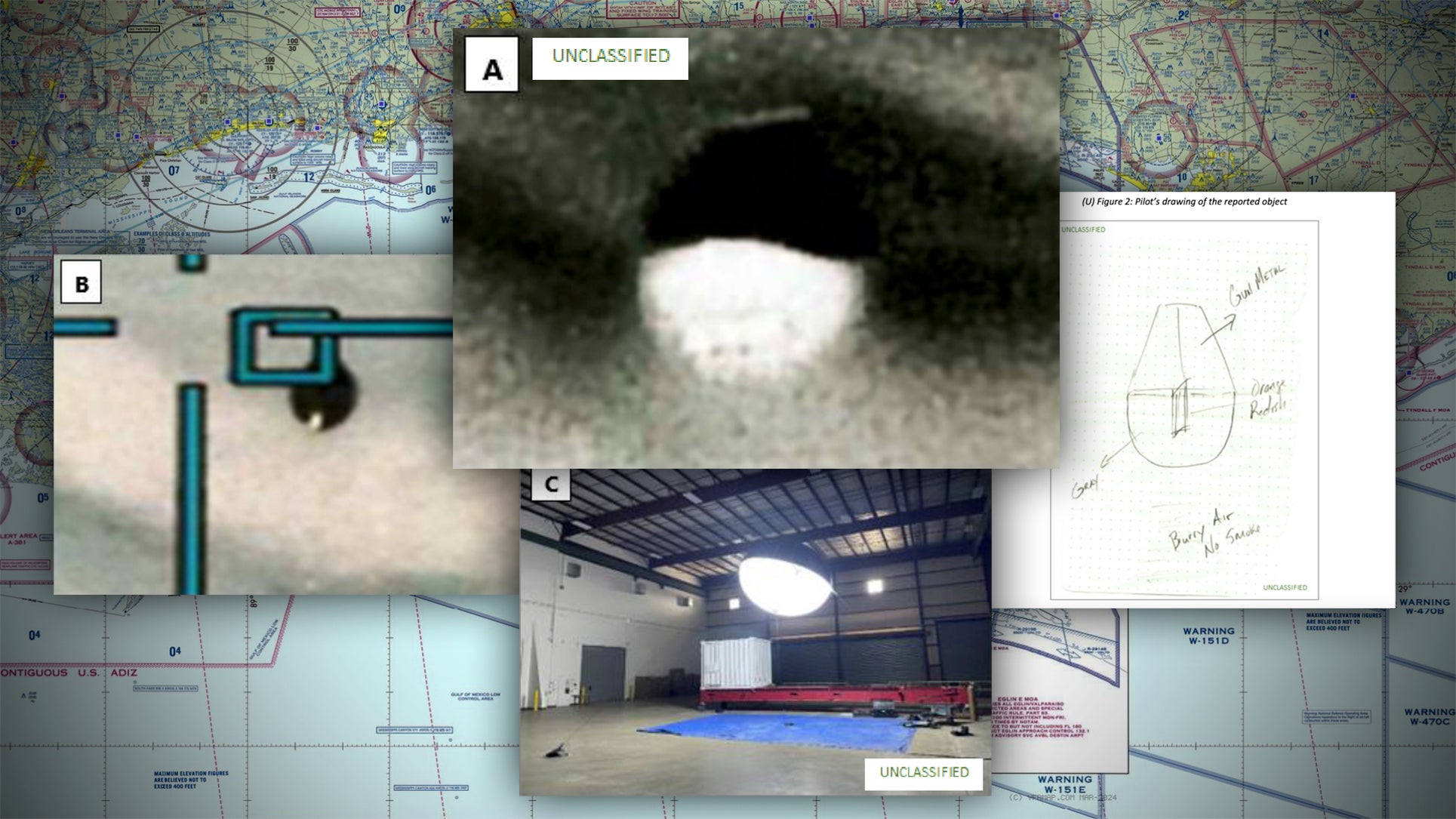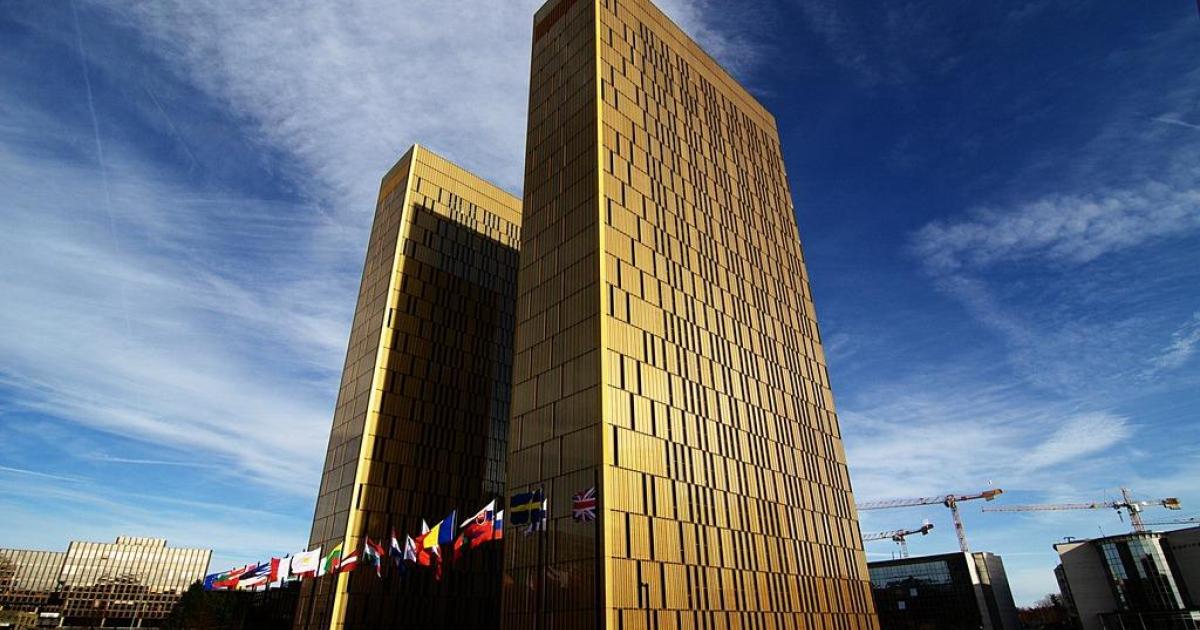
Why Remote Work Might Not Revolutionize Where We Work
Apple's massive" spaceship" campus designed to centralize work and foster collaboration in 2017 may have to make way for satellite offices and other remote work. Justin Sullivan/Getty Images hide caption
Apple's massive" spaceship" campus designed to centralize work and foster collaboration in 2017 may have to make way for satellite offices and other remote work.
It was only a few years ago that Apple finished construction of its 2.8 million-square-foot "spaceship" headquarters in the San Francisco Bay Area. The glittering, doughnut-shaped building cost the company about $5 billion to construct, making it one the most expensive buildings in the world. It was all part of Steve Jobs' vision of a highly centralized company, where Apple employees collaborate under one roof in the place the company was founded. And now — record scratch — Apple seems to be abandoning that vision.
Apple is now "decentralizing" operations away from its expensive doughnut. The primary reason for the change, according to Bloomberg, is that housing in the Bay Area has gotten so excruciatingly expensive that even high-paid Apple employees are struggling to live there. Apple executives believe continued insistence that employees work in the doughnut will hurt employee retention and recruitment. So they're expanding satellite offices in places outside the Bay Area. This will save the company money because they can pay lower salaries in places with a lower cost of living. Starting September, the company will also adopt a hybrid model that will allow most employees to work from home two days a week, which will let them commute less frequently and perhaps even live farther away from the doughnut (although most Apple employees would prefer even more flexibility).
Leave a Comment
Related Posts

If I'd Only Known These 15 Remote Work Tips Before I Started Working Remotely, I Would've Saved A Ton Of Time And Energy
Comment
The Future Of Work Will Be Five-Hour Days, A Four-Day Workweek And Flexible Staggered Schedules
Comment
















